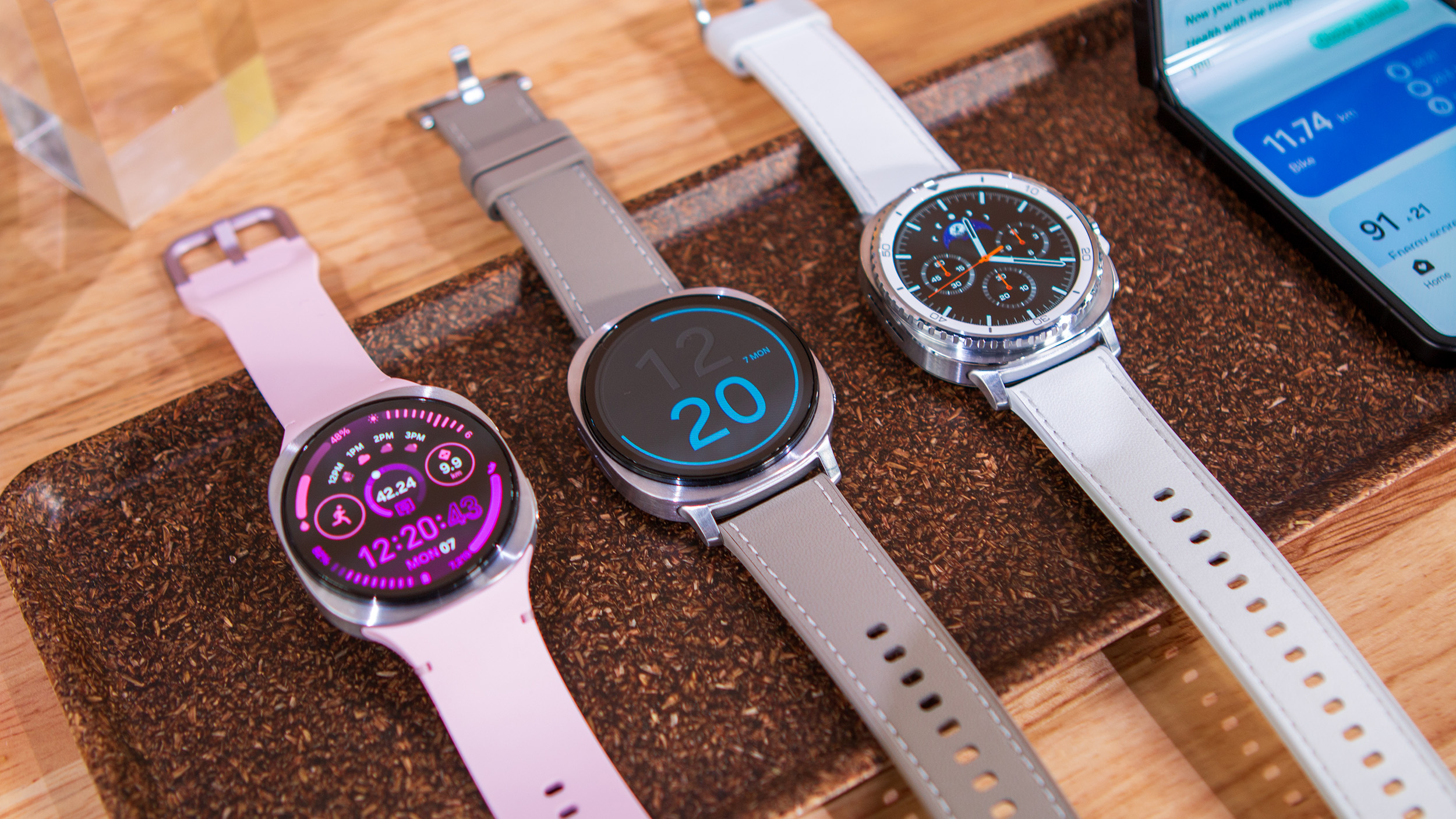T4K3.news
Android users voice frustrations over display flickering
A growing number of Android users report health issues linked to temporal dithering on their devices.

An ongoing issue with temporal dithering on Android devices raises concerns among users.
Android users complain about widespread temporal dithering
Recent reports indicate that a bug affecting temporal dithering on Android devices has sparked frustrations among users. The issue impacts millions of devices, leading to symptoms like headaches and nausea for sensitive individuals. Temporal dithering, a technology previously used to enhance color display, often causes unwanted flickering without prior notice. Many Android devices, as well as Apple iPhones, are being linked to this increasing problem. Users are now pushing for improvements in accessibility options as Google acknowledges the issue through bug reports.
Key Takeaways
"Temporal dithering has created a monster of a problem for Android users."
This quote emphasizes the severity of the concern raised by users about temporal dithering.
"It's time for Google to prioritize accessibility options for affected users."
This statement reflects the urgent need for action by Google to address the issue.
This growing concern over temporal dithering highlights deeper issues within the smartphone industry and the need for greater transparency and accessibility. Consumers deserve clear information about display technologies, especially when potentially harmful effects are involved. As awareness spreads, the pressure on manufacturers like Google will only increase, prompting a call for changes that prioritize user experience and health over cost-saving engineering practices.
Highlights
- Temporal dithering is more than just an annoyance for many Android users.
- Users are suffering from headaches and nausea due to display flickering.
- The lack of transparency in device specs is unacceptable for consumers.
User health concerns from temporal dithering
The issue of temporal dithering in displays has led to health problems like headaches and nausea for some users, creating a potential backlash against manufacturers if not addressed promptly.
It's crucial for manufacturers to listen closely to user feedback and act swiftly for healthier experiences.
Enjoyed this? Let your friends know!
Related News
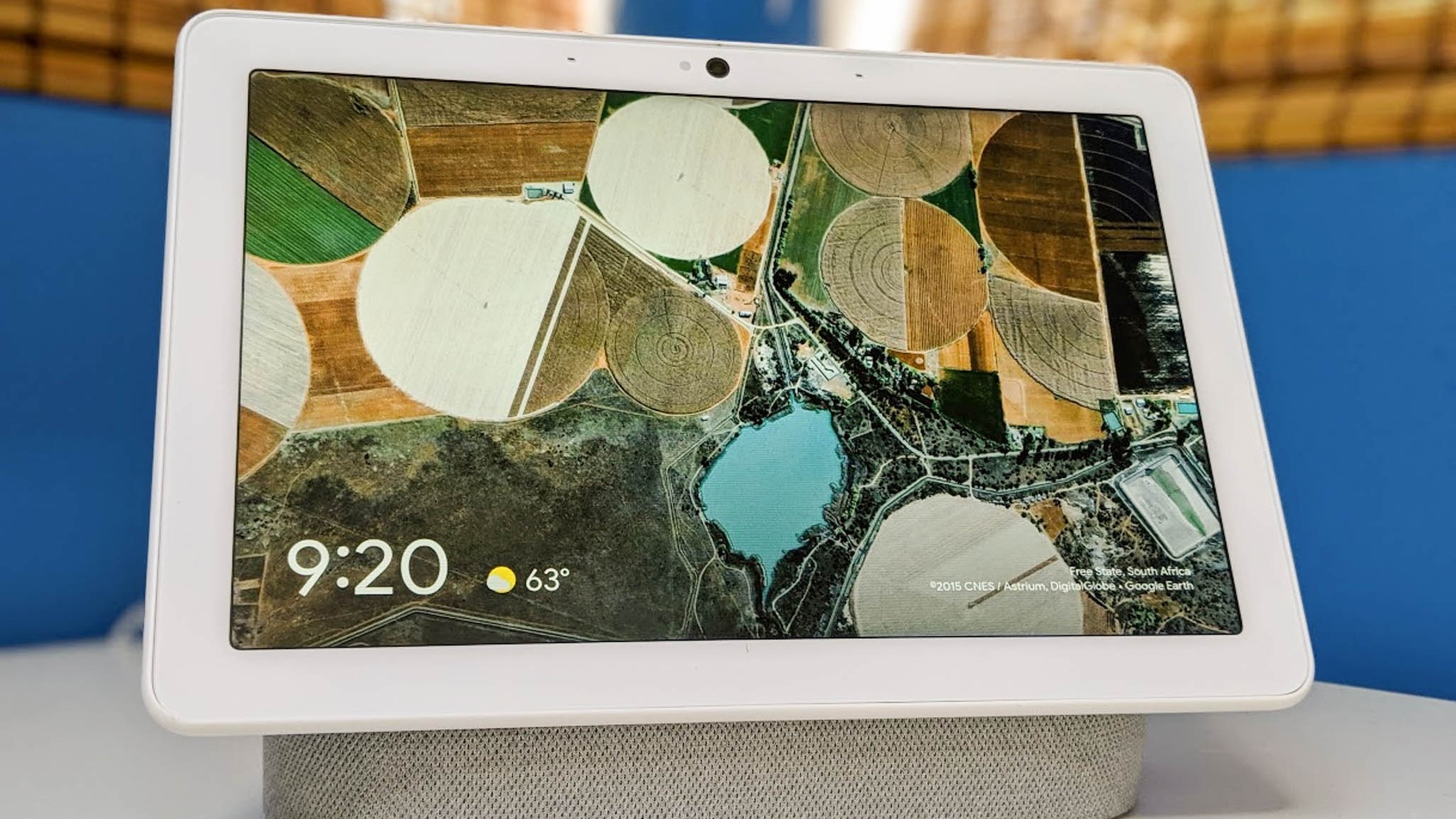
Google responds to Nest user complaints about smart home devices

Samsung Galaxy Z Flip 7 now available

Samsung replaces classic DeX mode with new version in One UI 8
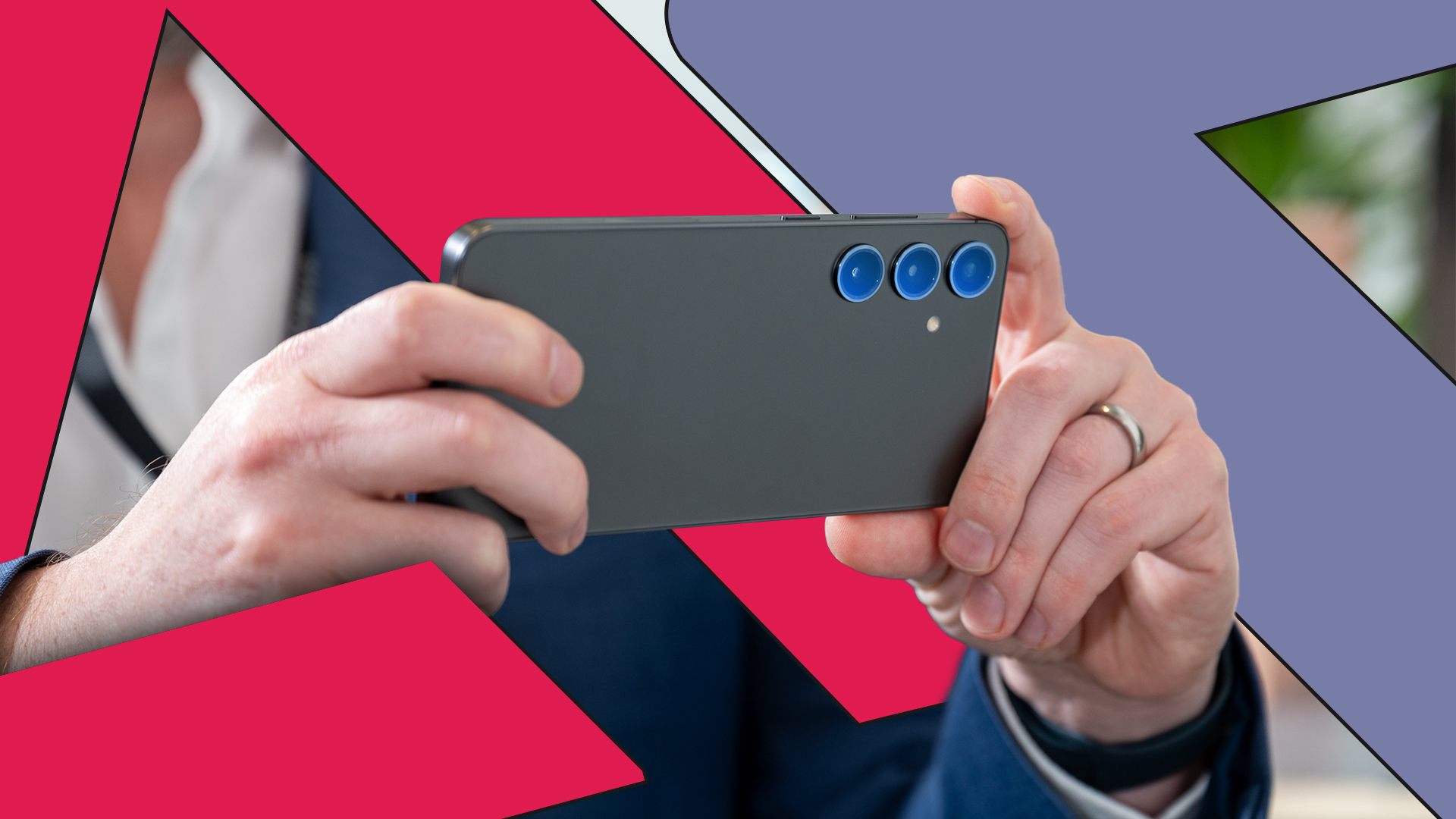
Discover four camera tricks for Samsung Galaxy phones

Nothing Phone 3 Review Released
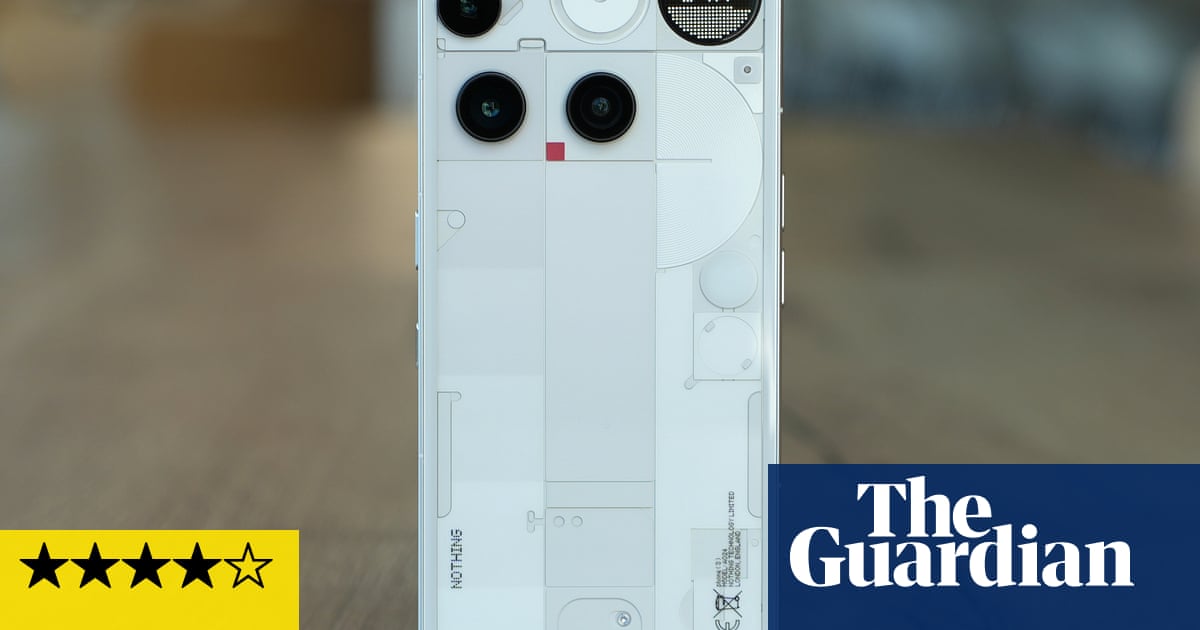
Nothing Phone 3 launched with unique design

Garmin adds Google Maps feature but restricts it to Android
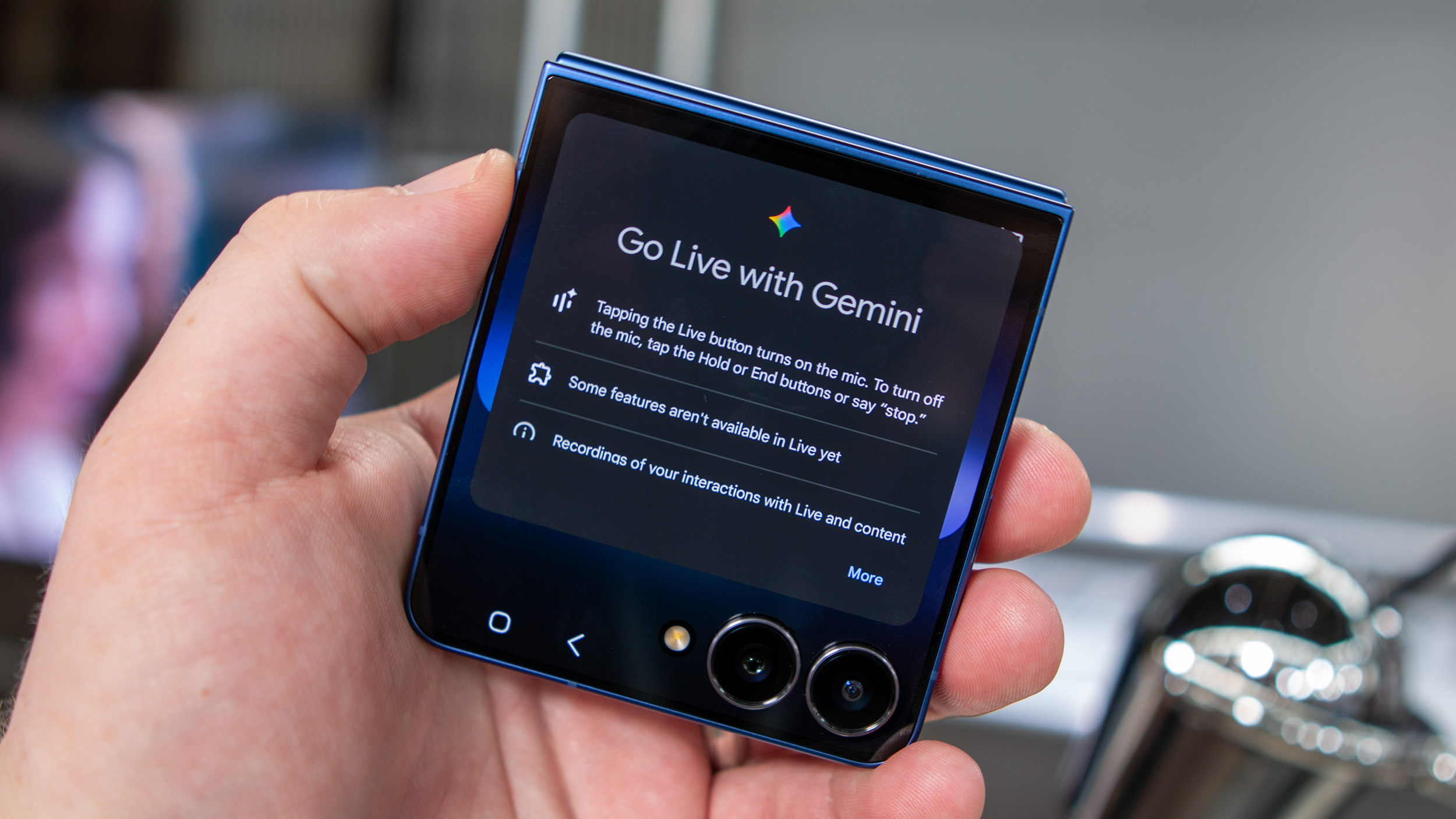
Samsung showcases Gemini while Google announces Android updates
